parasitic infections generally infect the .
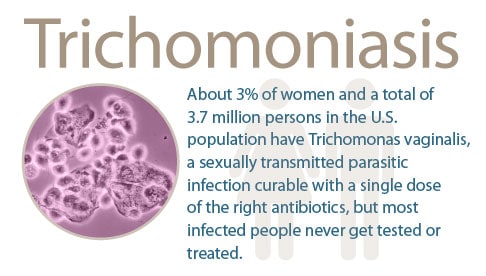 CDC - Parasites - Neglected Parasitic Infections (NPIs) in the United States
CDC - Parasites - Neglected Parasitic Infections (NPIs) in the United StatesLoad of contents... Editors loading... Categories loading... When referring to evidence in academic writing, you should always try to refer to the primary (original) source. That is generally the article of the journal where the information was first declared. In most cases, the articles of Physiopedia are a secondary source and should not be used as references. Physiopedia articles are best used to find the original sources of information (see the list of references at the bottom of the article). If you believe that this Physiopedia article is the main source of the information you refer to, you can use the button below to access a related citation statement. Parasitic Infections Original Editor - Original editor Top Contributors - Top ContributorsContents Introduction A parasite is an organism that lives in or in a host agency and receives its food from or at the expense of its host. There are three main classes of parasites that can cause diseases in humans: protozoa, helmintos and ectoparasites. Human infections caused by parasites in the billions and vary from relatively harmless to fatalities. The life cycle of parasites can be very complicated. During their lives, parasitic organisms often go through several stages of development that involve changes not only in the structure but also in the biochemical and antigenic composition. For example. The helmintas form three main stages of the life cycle: eggs, larvae and adults, the larval stages of helminto have little likeness with the adult stages. For example, those of the plugs and flutes. Image in R: Image R: Collage of Protozoans: Left watch: Blepharisma japonicum, a ciliate; Giardia muris, a parasitic flagellate; Centropyxis aculeata, a testate (shelled) amoebaform; Peridinium willei, a dinoflagellate; Carolynian Chaos, a naked amoebozoan; Desform Parasitic infections Parasitic infections cause a huge burden of disease in both the tropics and subtropics, as well as in temperate climates. A misconception of parasitic infections is that they occur only in tropical areas. Although most parasitic infections are more common in the tropics, many people in temperate and subtropical areas are also infected, and visitors to tropical countries can return with a parasite infection. Disatened Tropical Diseases include parasitic diseases such as: Parasites are frequently transmitted to humans through contaminated food. The burden of disease due to most food parasites is very focused and results in significant morbidity and mortality among vulnerable populations. These diseases extract a large number of victims from the endemic populations, including loss of capacity to attend school or work, stunting the growth of children, impairing cognitive skills and developing young children, and the severe economic burden placed on all countries. ProtozoaProtozoa are microscopic organisms, of a cell that can be of a free-lived or parasitic nature. They are capable of multiplying in humans, which contributes to their survival and also allows serious infections to develop from a single organism. The transmission of the protozoo that lives in the human's intestine to another human usually occurs through a fecal-oral route (e.g. contaminated food or water or person-to-person contact). Protozoa that lives in the blood or tissue of humans is transmitted to other humans by an arthropod vector (e.g. through the bite of a mosquito or sand fly). Infectious protozoa for humans can be classified into four groups based on their mode of movement HelmintosHelmintas are large multicellular organisms that are generally visible at the naked eye in their adult stages. Helminations can be of a free or parasitic nature. In their adult form, helminths cannot multiply in humans. There are three main groups of helminths (of the Greek word for worms) that are human parasites: Ectoparasites These are organisms that live externally on the skin of hosts. Skin parasites drink blood or eat skin. They're usually so small you can't see them. Some species are cultivated on the skin while many simply crawl over it. Some parasites can complete their life cycles in humans. But many live outside the body only feeding every time in a time. Skin parasites can live in the skin like an egg, larva, ninfa or adult stadium. Eg. Treatment Antiparasitic medications are used to administer infections caused by various protozoa, helminto, and ectoparasites. Treatment options vary, depending on the specific causative organism within each group. Since 1960, the introduction of new drugs has made significant progress in chemotherapy for some endoparasitic infections. Albendazole and mebendazol have significantly improved the treatment of several intestinal nematode infections, while praziquantel has revolutionized the treatment of trematode and cestodium infections. At the same time, metronidazole and tinidazole have provided more effective and less toxic medicines for the treatment of amebiasis, giardiasis and tricomoniasis. Unlike endoparasitic infections, ectoparasitic infestations are caused by organisms that live in the skin or axes of patients' hair. The most common examples are lice and mites that cause pediculosis and sarna, respectively. The well-known ectoparasitic used to kill parasites living on the surface of the body are: permethrin, sulfur, lindane, dicophane, benzil benzoato, ivermectin and crotamiton. The reuse of education is crucial to achieving better results (the implementation of long-term community programmes is necessary for endemic regions). In many cases, antiparasitic drugs have severe adverse reactions, and therefore adherence to medicines is low. Therefore, direct observer therapy by the pharmacist may be essential if the results are to be improved. References Sign up to receive the latest news from Physiopedia Our partners The content in Physiopedia or accessible is only for information purposes. Physiopedia is not a substitute for professional advice or expert medical services from a qualified health care provider. © Physiopedia 2021 Silence Physiopedia is a charity registered in the United Kingdom, no. 1173185

Parasitic Bugs in the Human Gut
/parasitic-infections-of-the-central-nervous-system-2488670_FINAL-d17f14fbae0b4dc8bc3d8341d69dc7cd.png)
Parasitic Infections of the Central Nervous System

Neglected Parasitic Infections: What Every Family Physician Needs to Know - American Family Physician
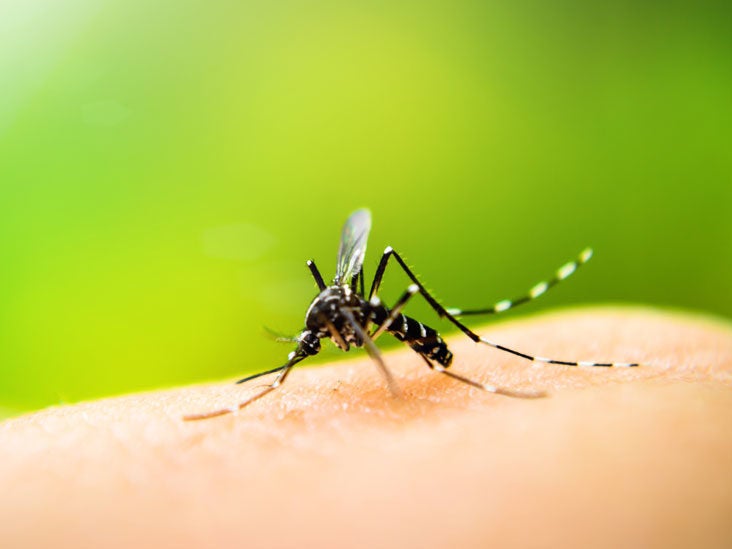
Parasitic Infections | Definition and Patient Education

Parasitic Infections | Sepsis Alliance

Laboratory Diagnosis of Parasitic Infections - Mayo Clinic Proceedings
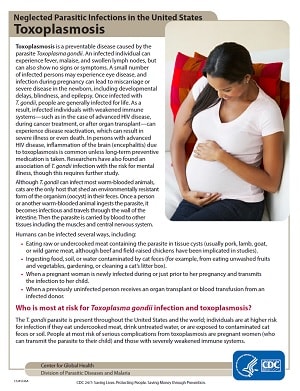
CDC - Parasites - Neglected Parasitic Infections (NPIs) in the United States - Resources & Publications
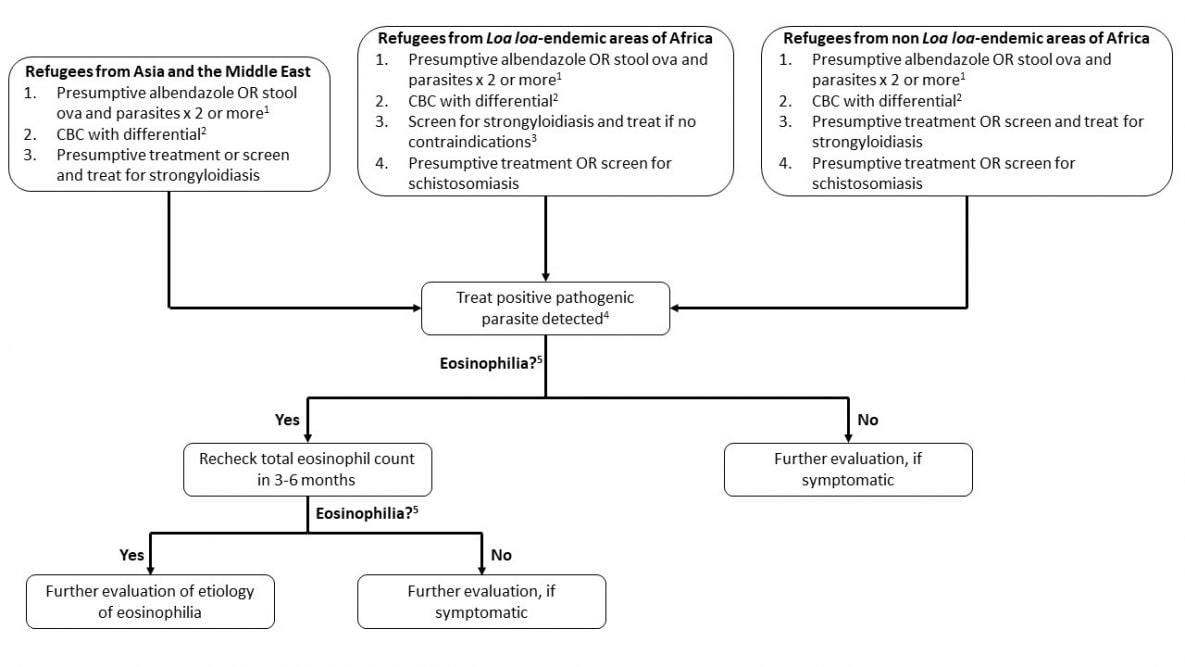
Intestinal Parasite: Domestic Guidelines | CDC

Parasitic Infections | Definition and Patient Education
:max_bytes(150000):strip_icc()/ancylostoma-hookworm--illustration-1155265552-84ea962cc3dc403eb9bcb3894e1dd568.jpg)
Parasite Primer - Find Out About The Different Types
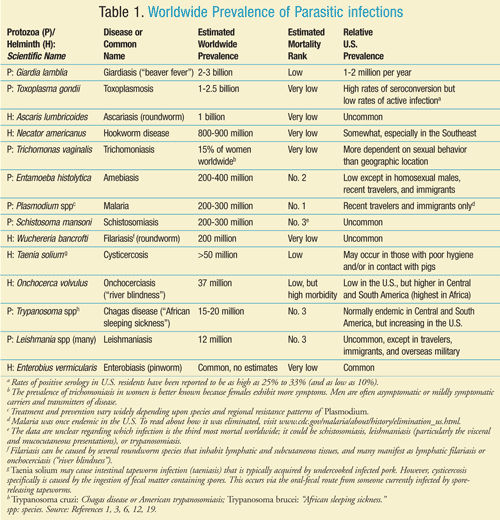
Drug Therapy for Common Parasitic Infections Within the United States

Neglected Parasitic Infections: What Every Family Physician Needs to Know - American Family Physician
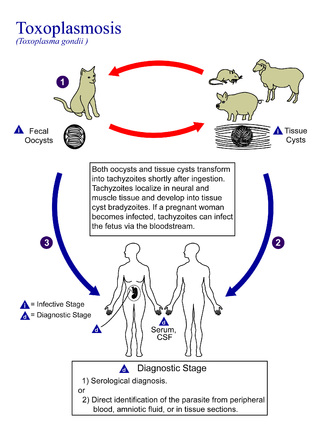
Toxoplasmosis - Wikipedia

Intestinal parasite infection - Wikipedia

Factors affecting the spread of parasites in populations of wild European terrestrial mammals | SpringerLink

Parasites: Types, in humans, worms, and ectoparasites

What's Eating You: 12 Common Intestinal Parasites

Survey of UK pet owners quantifying internal parasite infection risk and deworming recommendation implications | Parasites & Vectors | Full Text
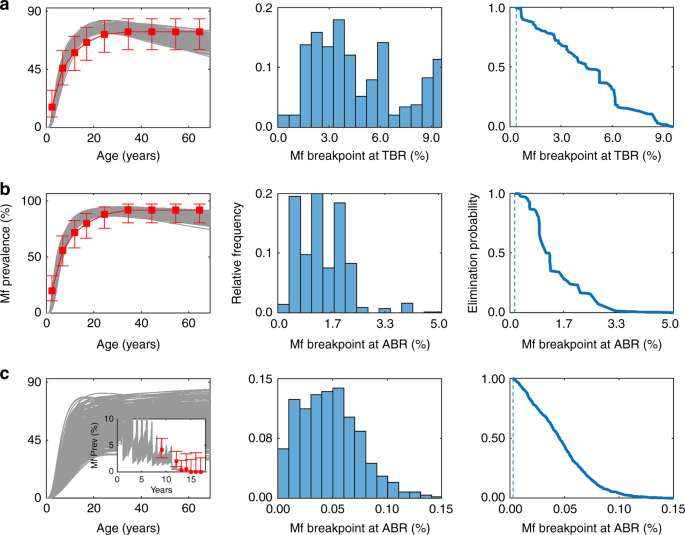
Substantiating freedom from parasitic infection by combining transmission model predictions with disease surveys | Nature Communications

Implications of asymptomatic infection for the natural history of selected parasitic tropical diseases | SpringerLink

Zoonotic Parasites of Reptiles: A Crawling Threat: Trends in Parasitology

A parasitic infection that can turn fatal with administration of corticosteroids
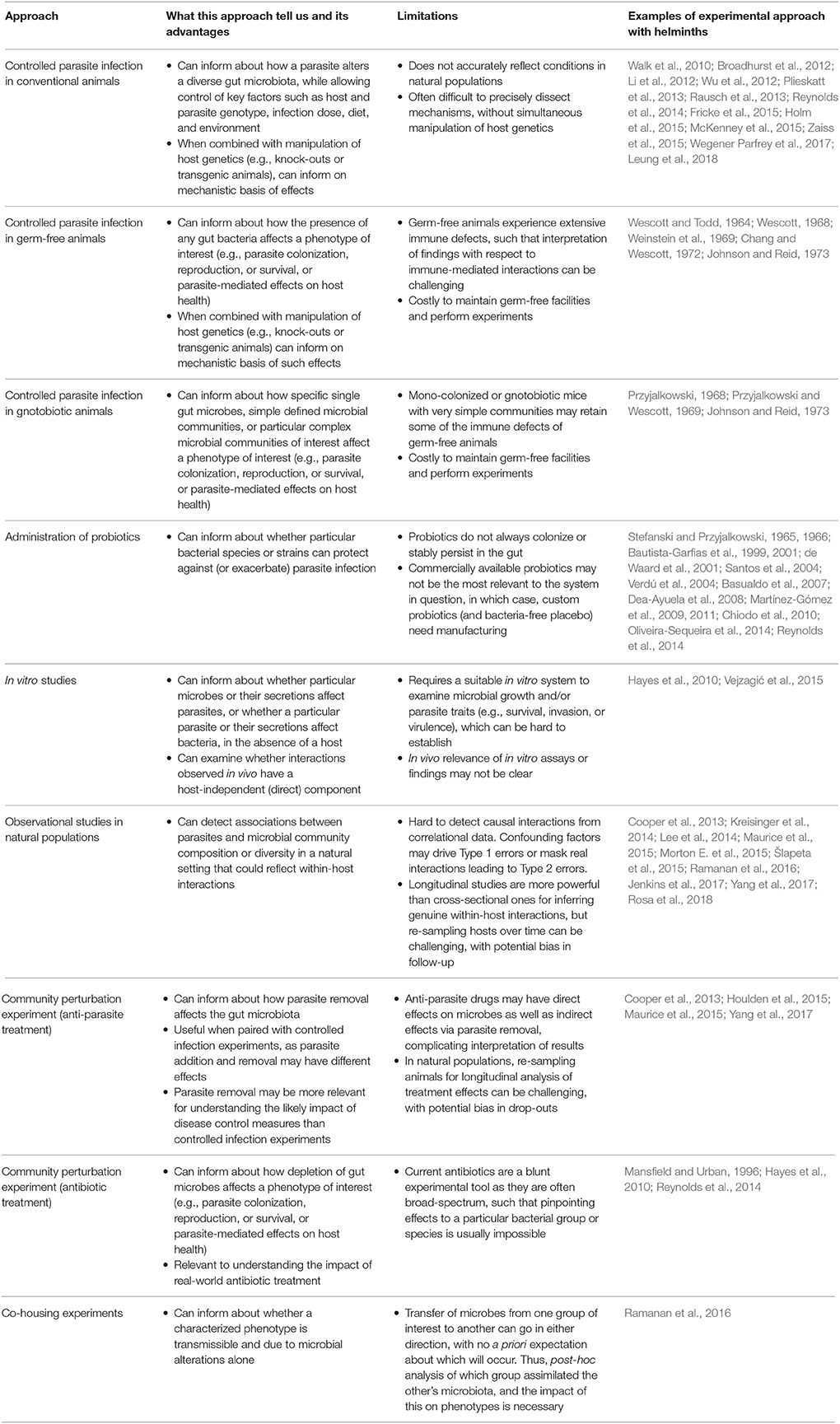
Frontiers | Parasite-Microbiota Interactions With the Vertebrate Gut: Synthesis Through an Ecological Lens | Microbiology
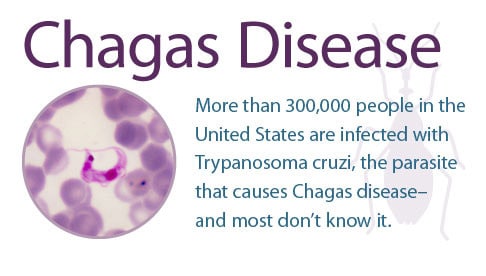
CDC - Parasites - Neglected Parasitic Infections (NPIs) in the United States

Ocular Parasitic Infections – An Overview | IntechOpen
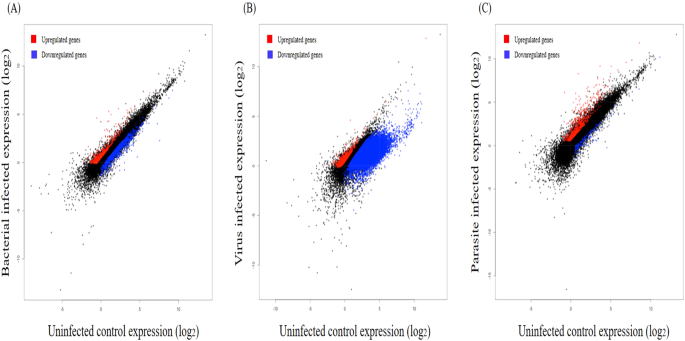
Gene expression profiles alteration after infection of virus, bacteria, and parasite in the Olive flounder ( Paralichthys olivaceus ) | Scientific Reports

Substantiating freedom from parasitic infection by combining transmission model predictions with disease surveys | Nature Communications

Parasitic Infections | Definition and Patient Education
Predominance of Blastocystis sp. Infection among School Children in Peninsular Malaysia

Helminth infections: diagnosis and treatment - The Pharmaceutical Journal

Hookworm Infection - Infections - MSD Manual Consumer Version

Neglected Parasitic Infections in the United States

Parasite infections may prevent aging and disease

parasitic disease | Definition, Types, & Causes | Britannica

What's Eating You: 12 Common Intestinal Parasites

On the relationship between body condition and parasite infection in wildlife: a review and meta‐analysis - Sánchez - 2018 - Ecology Letters - Wiley Online Library

Effects of parasitic infections on learning and memory | Noldus

CDC - Parasites - Neglected Parasitic Infections (NPIs) in the United States

Enteric parasitic infection among HIV-infected patients visiting Tribhuvan University Teaching Hospital, Nepal – topic of research paper in Health sciences. Download scholarly article PDF and read for free on CyberLeninka open science
Posting Komentar untuk "parasitic infections generally infect the ."